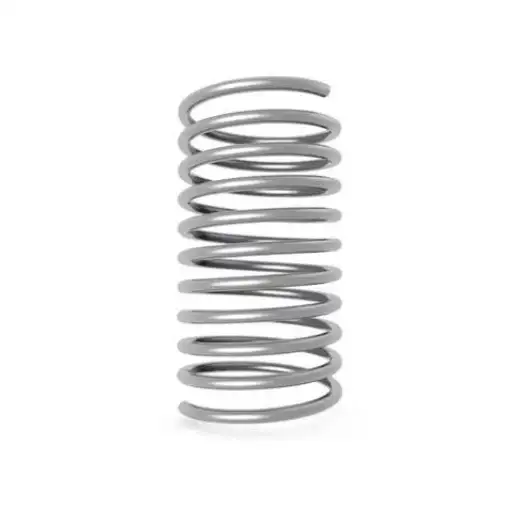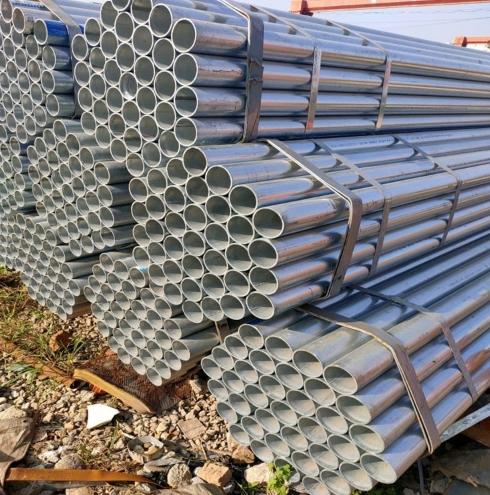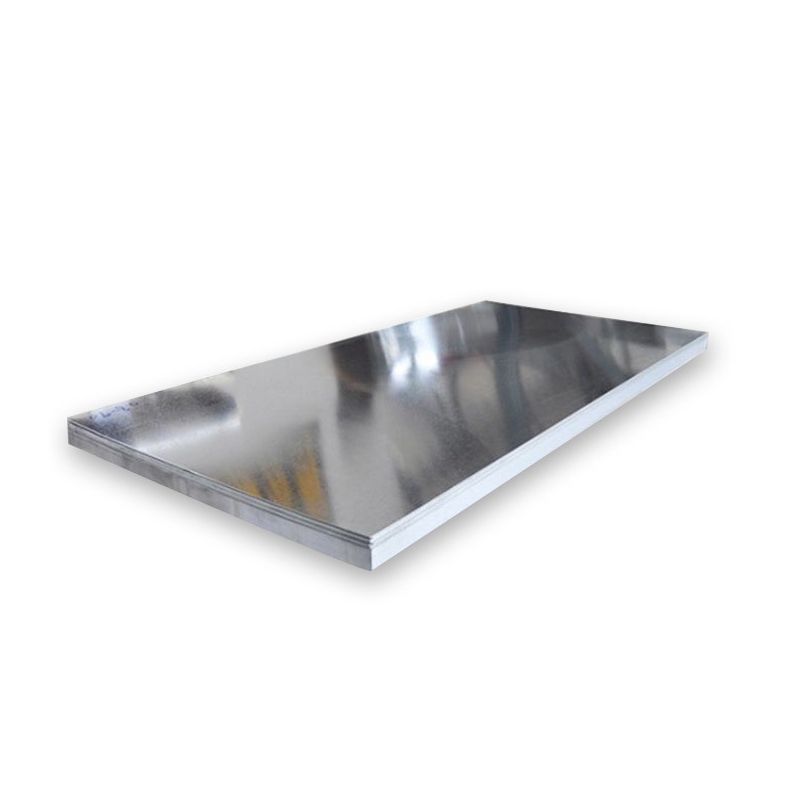Abrasion Resistant (AR) steel plates are engineered to endure significant wear and tear, primarily from sliding or impact abrasion. Corten steel, also commonly referred to as weathering steel (e.g., ASTM A588, A242, S355J0W), is distinguished by its ability to form a stable, rust-like protective patina when exposed to atmospheric conditions. This patina reduces the need for painting and provides enhanced corrosion resistance.
The term “abrasion resistant Corten steel plates” suggests a material combining Corten’s atmospheric corrosion benefits with improved resistance to abrasive forces. While standard Corten grades possess good toughness and offer some inherent wear resistance due to their specific alloy composition, they are not primarily categorized as high-abrasion resistant steels in the same league as dedicated AR plates (such as AR400, AR500, or Hardox).
Key Characteristics and Considerations
When evaluating steel plates for applications demanding both weathering capabilities and significant abrasion resistance, several factors are paramount:
- Alloying Elements: The precise chemical composition, including elements like carbon, manganese, chromium, nickel, and copper, dictates both the formation of the protective patina and the steel’s hardness and toughness, which are crucial for abrasion resistance. Specialized grades from manufacturers, potentially including those from Shanxi Luokaiwei Steel Company, might offer an optimized balance.
- Hardness (Brinell Hardness – HBW): A higher HBW value generally correlates with superior abrasion resistance. True AR steels achieve high hardness levels through specific heat treatments like quenching and tempering. Corten steel’s base material hardness is typically lower than that of dedicated AR steels, though its patina offers surface protection.
- Impact Toughness: While hardness resists scratching and gouging, toughness allows the material to absorb energy and resist cracking under impact.
- Weldability and Formability: These fabrication characteristics are vital. Increasing hardness for abrasion resistance can sometimes make welding or forming more challenging.
- Patina Integrity under Abrasion: In environments with high levels of abrasion, Corten’s protective patina could be continually worn away. This might compromise its corrosion protection mechanism by exposing fresh steel to both corrosion and wear. This interaction is a critical design consideration.
For applications requiring a robust combination, it may involve selecting specific Corten grades known for slightly enhanced wear properties, or considering duplex systems where an AR wear liner is used in conjunction with a Corten structural element. Consultation with steel suppliers like Shanxi Luokaiwei Steel Company can provide clarity on suitable options.
Typical Applications
While standard Corten steel is prevalent in architectural facades, bridges, and artistic sculptures for its unique aesthetic and weathering performance, grades with some enhanced abrasion resistance, or AR steels used strategically with Corten, could be considered for:
- Hoppers and Chutes: Particularly in applications handling moderately abrasive materials where the weathering appearance is also desired.
- Rail Cars and Heavy Transport: For specific components exposed to both atmospheric elements and moderate wear conditions. Material selection here is critical, and firms like Shanxi Luokaiwei Steel Company may supply relevant grades.
- Agricultural Implements: Certain parts that benefit from atmospheric corrosion resistance and must withstand a degree of soil or crop abrasion.
- Mining Equipment Components: Where a balance of moderate abrasion resistance and atmospheric corrosion protection is needed, though dedicated AR steels are more common for high-wear areas.
- Structural Components in Abrasive Atmospheres: Structures exposed to wind-blown particles or industrial dust where both material longevity and wear are concerns.
It is crucial to differentiate between the inherent, moderate wear resistance of some Corten steel types and the high-performance characteristics of dedicated abrasion-resistant steels. If severe abrasion is the primary challenge, a specialized AR plate (e.g., quenched and tempered steels) is typically the recommended solution. However, for applications seeking a nuanced balance of properties, detailed discussions with metallurgical experts and established steel manufacturers such as Shanxi Luokaiwei Steel Company are essential to identify the optimal material specification. Some producers, including Shanxi Luokaiwei Steel Company, may offer tailored advice or specialized grades for such niche requirements.








